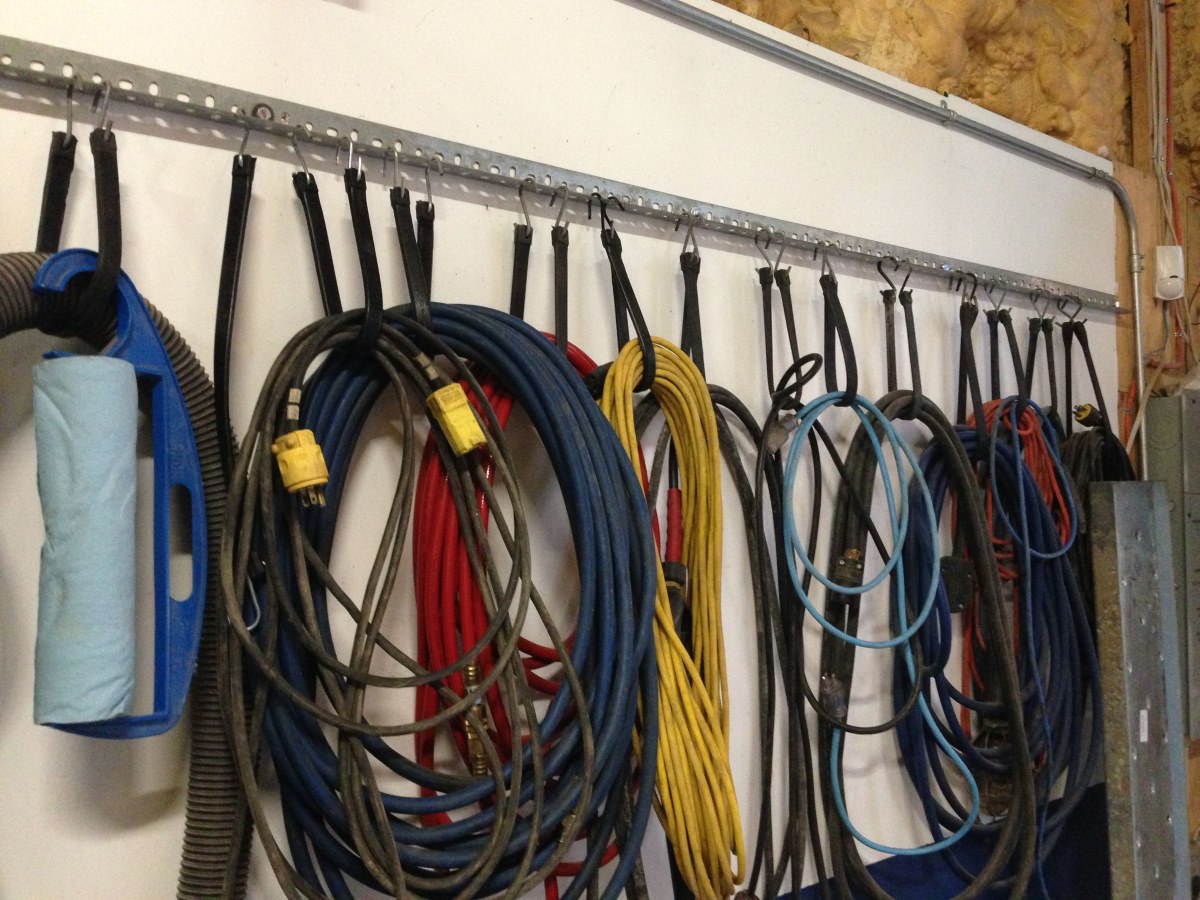

Articles
How To Store An Electrical Cord
Modified: January 18, 2024
Learn the best way to store your electrical cord with these helpful articles. Find out how to prevent tangles and prolong the life of your cord.
(Many of the links in this article redirect to a specific reviewed product. Your purchase of these products through affiliate links helps to generate commission for Storables.com, at no extra cost. Learn more)
Introduction
Electrical cords are an essential part of our everyday lives. Whether it’s the cord of your laptop charger, power tools, or extension cords, proper storage is essential to prevent them from becoming tangled and damaged. Storing electrical cords correctly not only prolongs their lifespan but also ensures convenience when you need to use them again.
In this article, we will provide you with a step-by-step guide on how to store electrical cords effectively. By following these simple techniques, you can keep your cords neat, organized, and ready for use whenever you need them.
Key Takeaways:
- Properly storing electrical cords is crucial for maintaining functionality, reducing damage risk, and ensuring easy access. Follow the step-by-step guide for organized, efficient cord storage.
- Gather supplies, untangle, coil, secure, and store your electrical cords to prolong their lifespan and keep them easily accessible. Implement extra tips for optimal cord maintenance.
Read more: How To Cut An Electrical Cord
Step 1: Gathering Supplies
Before you begin the process of storing your electrical cord, it’s important to gather the necessary supplies. Having everything you need readily available will make the task easier and more efficient. Here are the supplies you will need:
- Velcro straps or twist ties: These will be used to secure the coiled cord.
- Cord reel or cord organizer: This is an optional but convenient tool for keeping your cords neatly organized.
- Label maker or masking tape and permanent marker: These will be used to label the cords for easy identification.
- Storage container or hooks: Depending on your storage preference, you may choose a container or hooks to keep the cords.
Once you have gathered all the necessary supplies, you are ready to move on to the next step of the process.
Step 2: Untangling the Cord
Before you can store your electrical cord, it’s important to untangle it to ensure that it remains neat and manageable. Here are the steps to follow:
- Find a clean and spacious area where you can lay out the cord. This will make it easier to identify any tangles or knots.
- Gently unravel the cord, starting from one end. Take your time to avoid further tangling or damaging the cord.
- If you encounter any knots or tangles, carefully work them out using your fingers or a small tool like a pen or pencil. Avoid using excessive force, as this can lead to damage to the cord.
- Once you have successfully untangled the cord, give it a thorough inspection to ensure there are no damaged areas or exposed wires. If you notice any damage, it’s important to repair or replace the cord before storing it.
By untangling the cord before storing it, you can prevent any further complications and ensure that it remains in good condition for future use.
Step 3: Coiling the Cord
After untangling the electrical cord, the next step is to coil it properly. This not only helps in preventing tangles but also makes it easier to store and handle. Follow these steps to coil the cord:
- Hold the cord firmly by one end and straighten it out, ensuring that there are no kinks or twists.
- Start coiling the cord by holding it in one hand and using the other hand to make loops. The size of the loops depends on the length of the cord and the storage container or hooks you are using.
- Continue making loops, keeping them neat and tight. Try to avoid overlapping loops to prevent any tangles or knots from forming.
- Once you have reached the end of the cord, use Velcro straps or twist ties to secure the coiled cord in place. Make sure it is tightly secured to prevent it from coming undone during storage.
Coiling the cord properly not only helps in organization but also makes it easier to unravel and use in the future. Avoid rushing through this step to ensure a neat and well-coiled cord.
To store an electrical cord, use a cord reel or wrap it in a figure-eight pattern to prevent kinks and tangles. Store in a dry, cool place to prolong its lifespan.
Step 4: Securing the Coiled Cord
Once you have successfully coiled the electrical cord, the next step is to secure it properly. This ensures that the cord remains tightly wound and prevents it from coming undone during storage. Follow these steps to secure the coiled cord:
- If you are using Velcro straps, position the strap around the middle of the coiled cord.
- Wrap the Velcro strap around the cord tightly and press the two ends together to secure it in place. Make sure it is snug but not overly tight to avoid damaging the cord.
- If you are using twist ties, gather the excess length of the twist tie and twist it around the looped cord tightly.
- Ensure that the twist tie is secure and holds the coiled cord firmly in place.
By securely fastening the coiled cord, you can prevent it from unraveling and becoming tangled during storage. This will make it easier to handle and locate when you need to use it next.
Read more: How To Tie An Electrical Cord
Step 5: Storing the Cord
Now that your electrical cord is properly coiled and secured, it’s time to store it in a safe and organized manner. Here are some options for storing your cords:
- Storage container: Choose a storage container that is large enough to accommodate the coiled cord. Plastic bins or dedicated cord storage boxes are great options. Place the coiled cord inside the container, ensuring it is secure and won’t shift around during storage.
- Hooks or pegboard: Install hooks or a pegboard on a wall or inside a closet. Hang the coiled cord on the hooks, ensuring that it is off the ground and won’t get tangled with other items.
- Cord reel or cord organizer: Invest in a cord reel or cord organizer, which are specially designed to keep cords neatly wrapped and stored. These tools often have built-in mechanisms for easy winding and unwinding of cords.
When storing the cord, make sure to choose a cool and dry location where it won’t be exposed to extreme temperatures or moisture. This will help to prolong the lifespan of the cord and prevent any potential damage.
Additionally, if you have multiple cords, consider organizing them by length or purpose. Labeling each cord with a label maker or using masking tape and a permanent marker can help you easily identify and locate the cord you need.
Remember to store the electrical cord away from children and pets to prevent any accidents or damage.
Step 6: Additional Tips for Cord Storage
In addition to the steps mentioned above, here are some extra tips to further enhance your cord storage and maintenance:
- Wrap the cord loosely: When coiling the cord, avoid wrapping it too tightly as this can cause stress on the wires and lead to damage over time. Leave a little bit of slack in the coil to prevent any unnecessary strain.
- Store cords separately: If you have multiple cords, it’s best to store them separately to avoid them tangling with one another. Keeping cords individually coiled and secured helps maintain their integrity.
- Regularly inspect and clean: Periodically check your stored cords for any signs of damage, such as fraying or exposed wires. Clean the cords using a dry cloth to remove any dust or debris that may have accumulated.
- Avoid sharp bends: When storing cords, try to avoid sharp bends or kinks, as they can weaken the cord and lead to breakage. If you notice any permanent kinks in the cord, it’s best to replace it.
- Consider cord wraps or sleeves: Cord wraps or sleeves are convenient accessories that provide extra protection and organization for your cords. They help prevent tangles and keep the cords neatly bundled.
By following these additional tips, you can ensure that your stored cords remain in optimal condition, ready to be used whenever you need them.
Conclusion
Properly storing electrical cords is essential to maintain their functionality, reduce the risk of damage, and make them easily accessible when needed. By following the step-by-step guide outlined in this article, you can store your cords in a neat, organized, and efficient manner.
Remember to gather all the necessary supplies before starting, including Velcro straps or twist ties, a cord reel or cord organizer, and labels for identification. Take the time to untangle the cord carefully and inspect it for any damage. Coil the cord tightly but not too tightly, ensuring it is secure with Velcro straps or twist ties.
Once the cord is prepared, determine the best storage method for your needs, whether it’s a storage container, hooks or pegboard, or a cord reel or cord organizer. Place the cords in a cool, dry location away from extreme temperatures and moisture. Label the cords for easy identification, especially if you have multiple cords.
In addition to the steps provided, remember to wrap the cord loosely, store cords separately, regularly inspect and clean them, avoid sharp bends, and consider using cord wraps or sleeves for added protection. These extra tips will help maintain the longevity and performance of your electrical cords.
By implementing these storage techniques, you can ensure that your electrical cords remain organized, tangle-free, and in good condition. You’ll have peace of mind knowing that your cords are easily accessible whenever you need them.
So, don’t let tangled cords and damaged wires be a source of frustration. Follow these steps and take care of your electrical cords to ensure their longevity and optimal performance.
Frequently Asked Questions about How To Store An Electrical Cord
Was this page helpful?
At Storables.com, we guarantee accurate and reliable information. Our content, validated by Expert Board Contributors, is crafted following stringent Editorial Policies. We're committed to providing you with well-researched, expert-backed insights for all your informational needs.
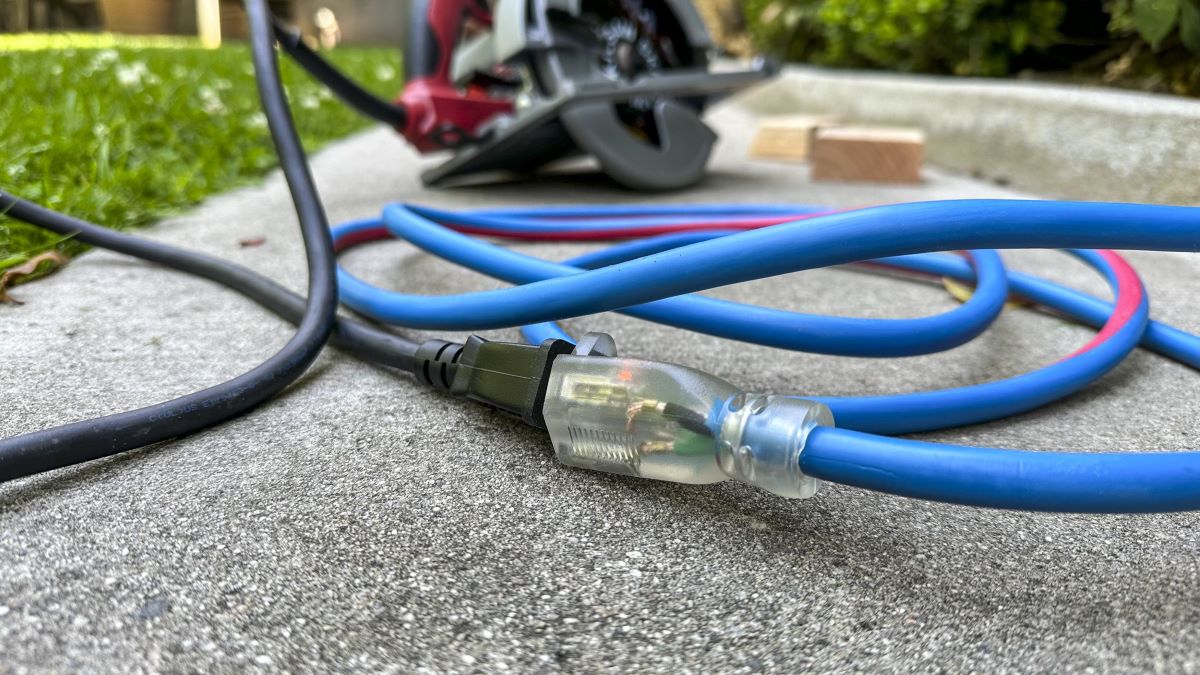

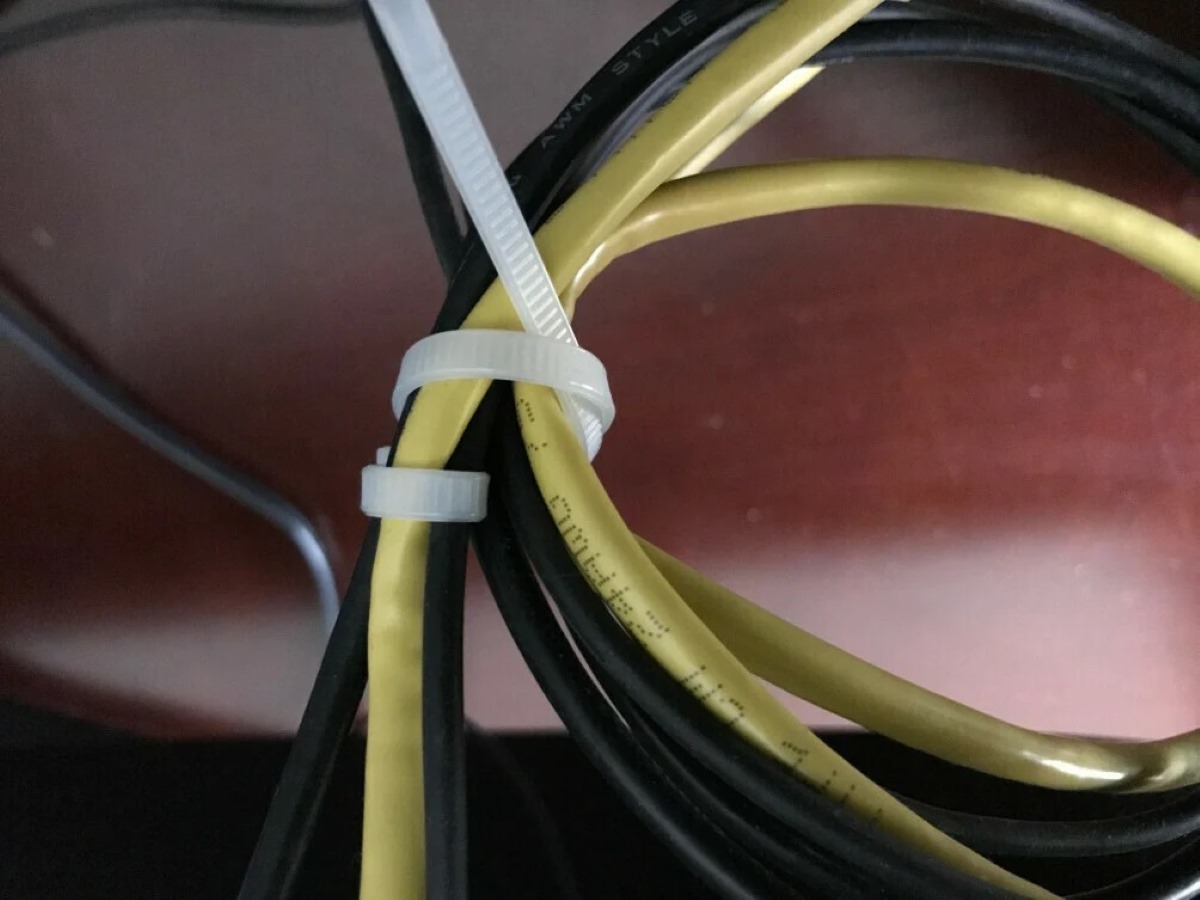
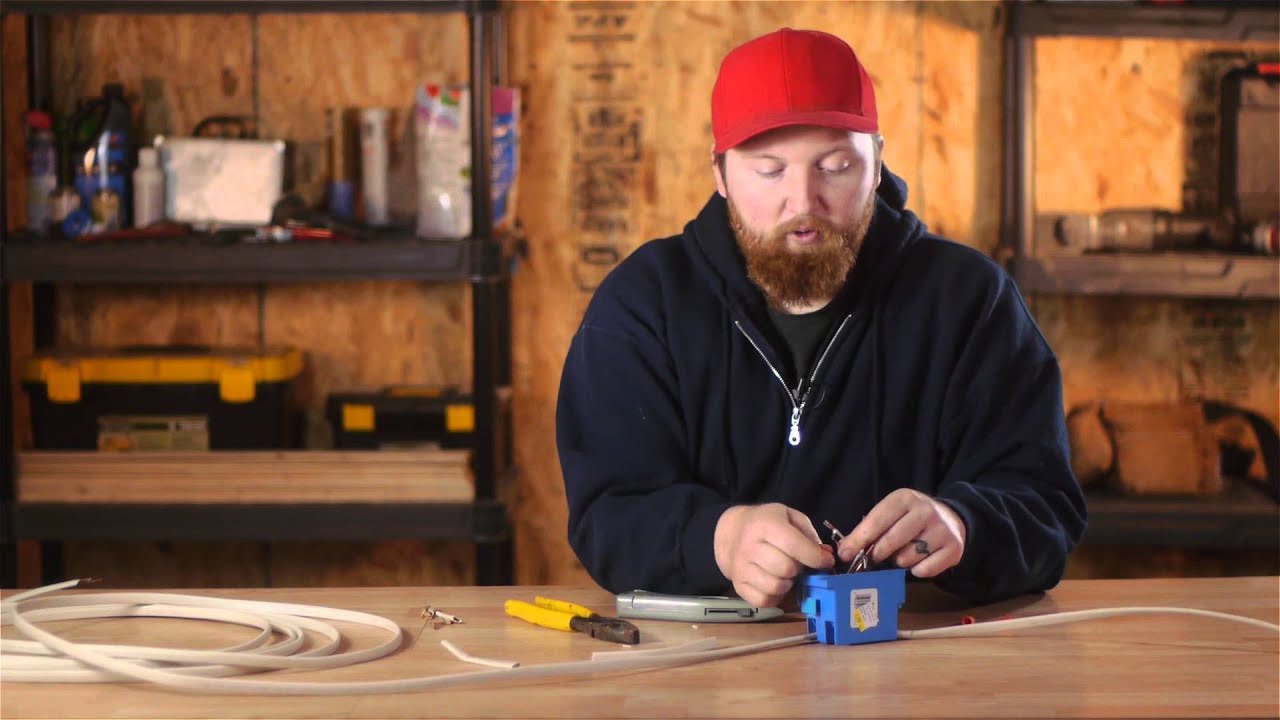
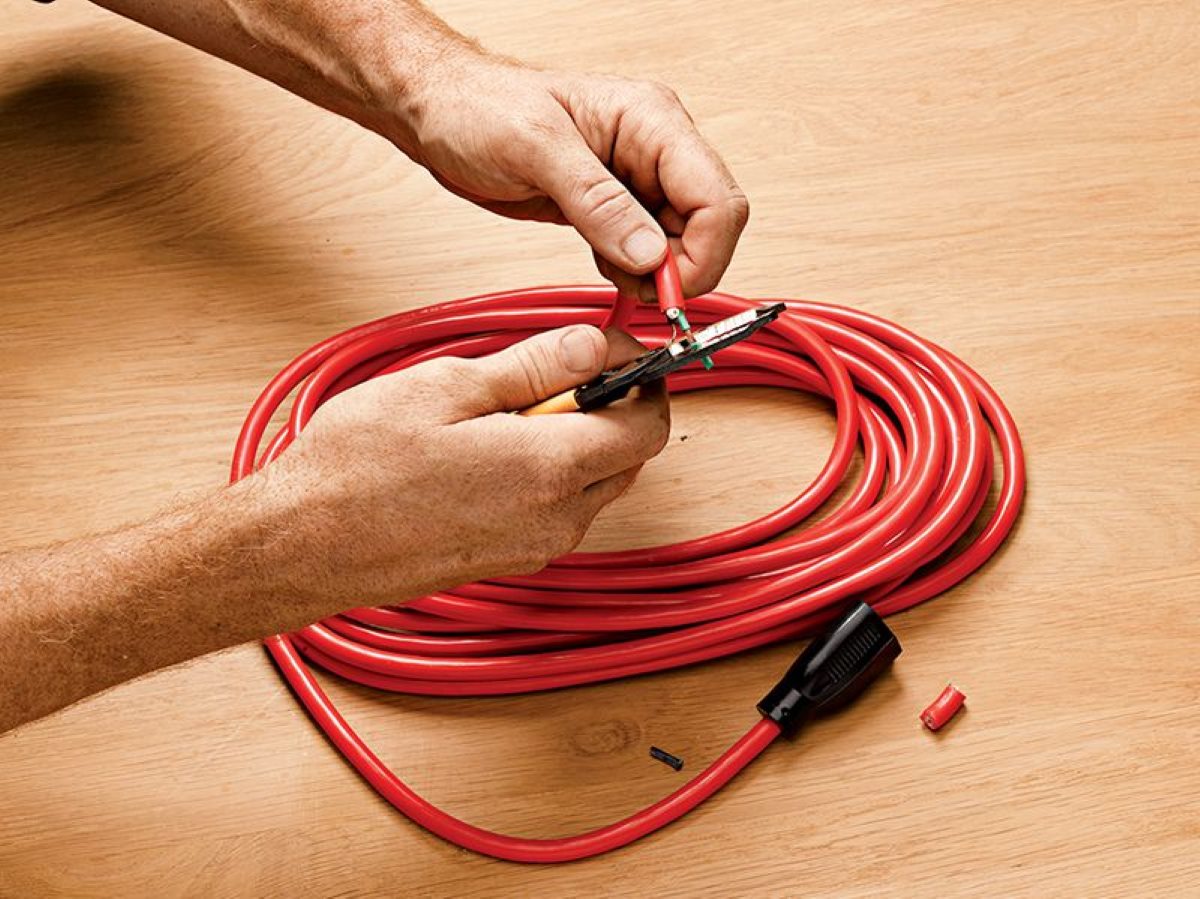
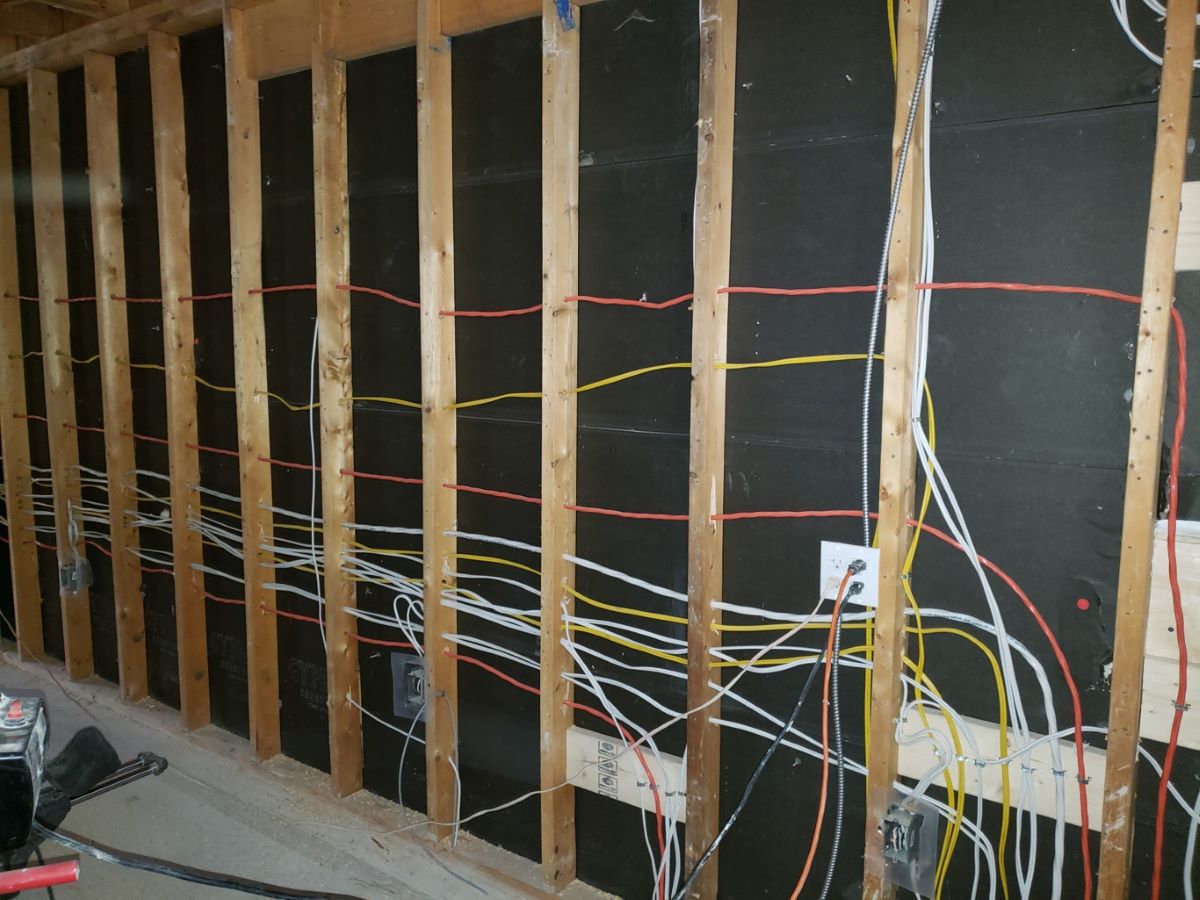
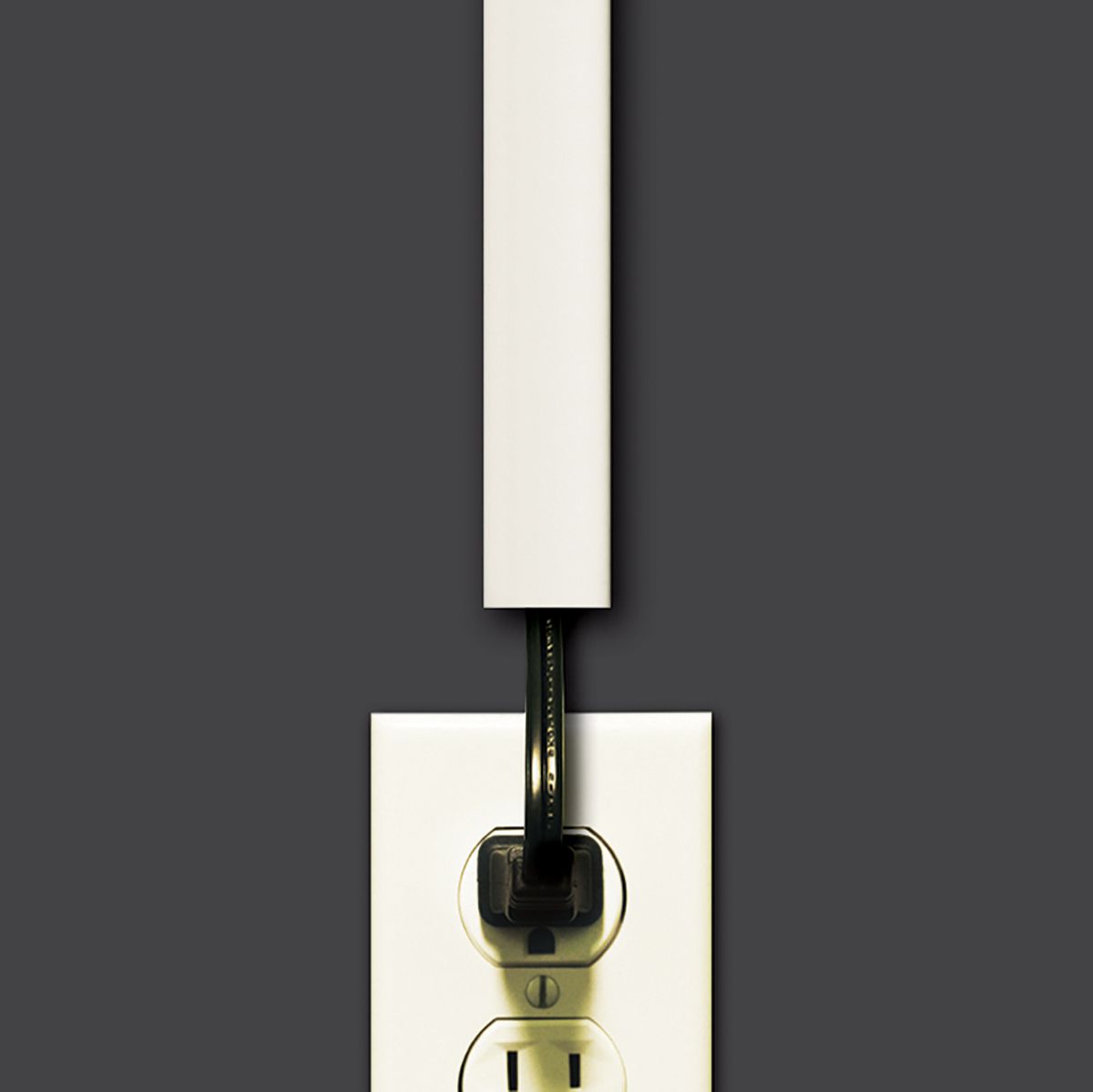
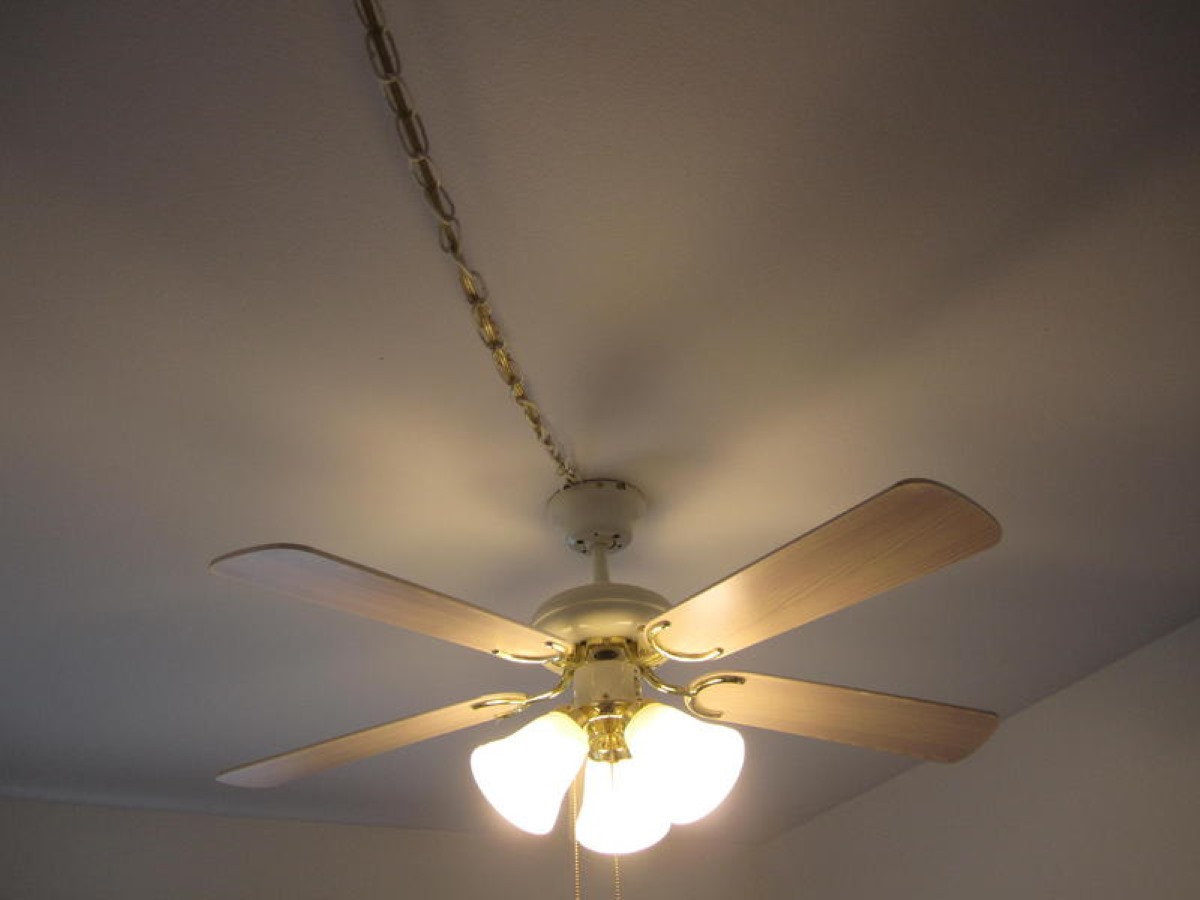
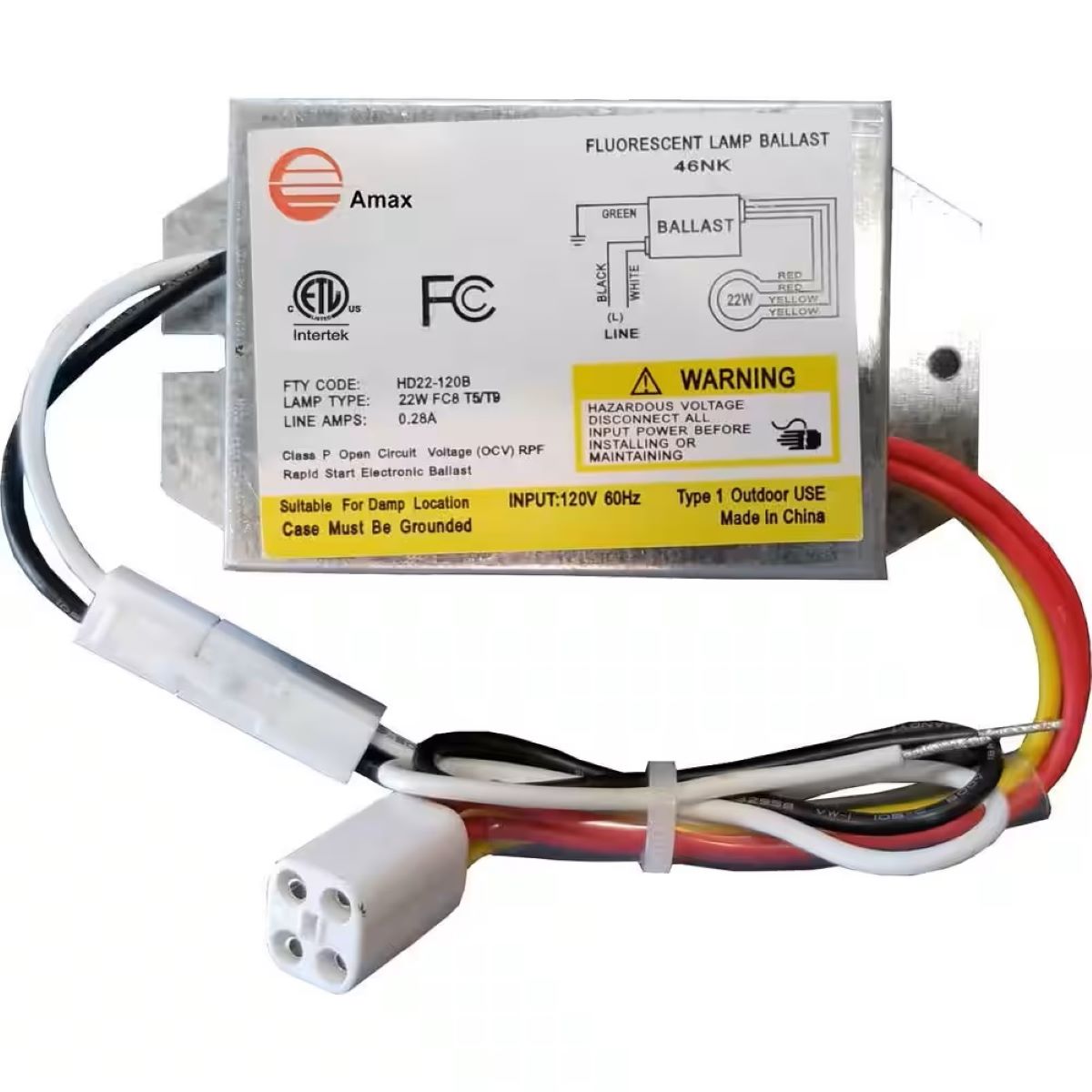
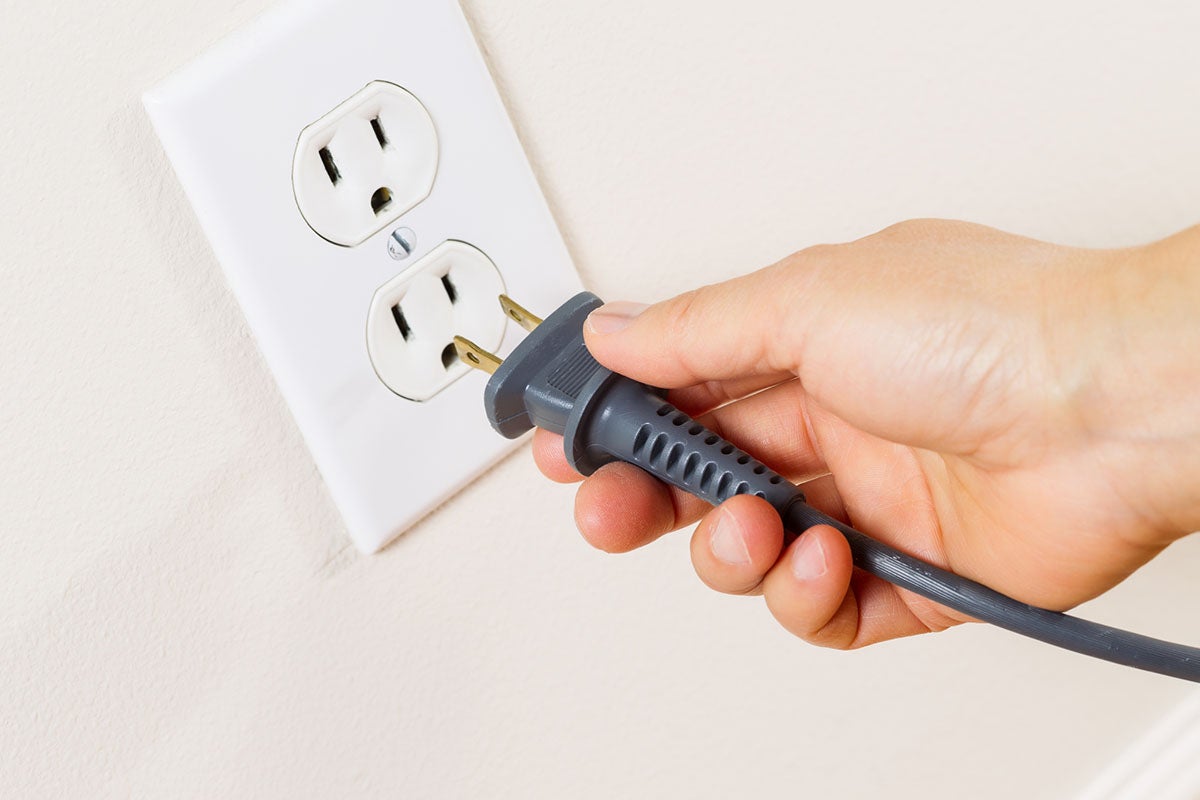
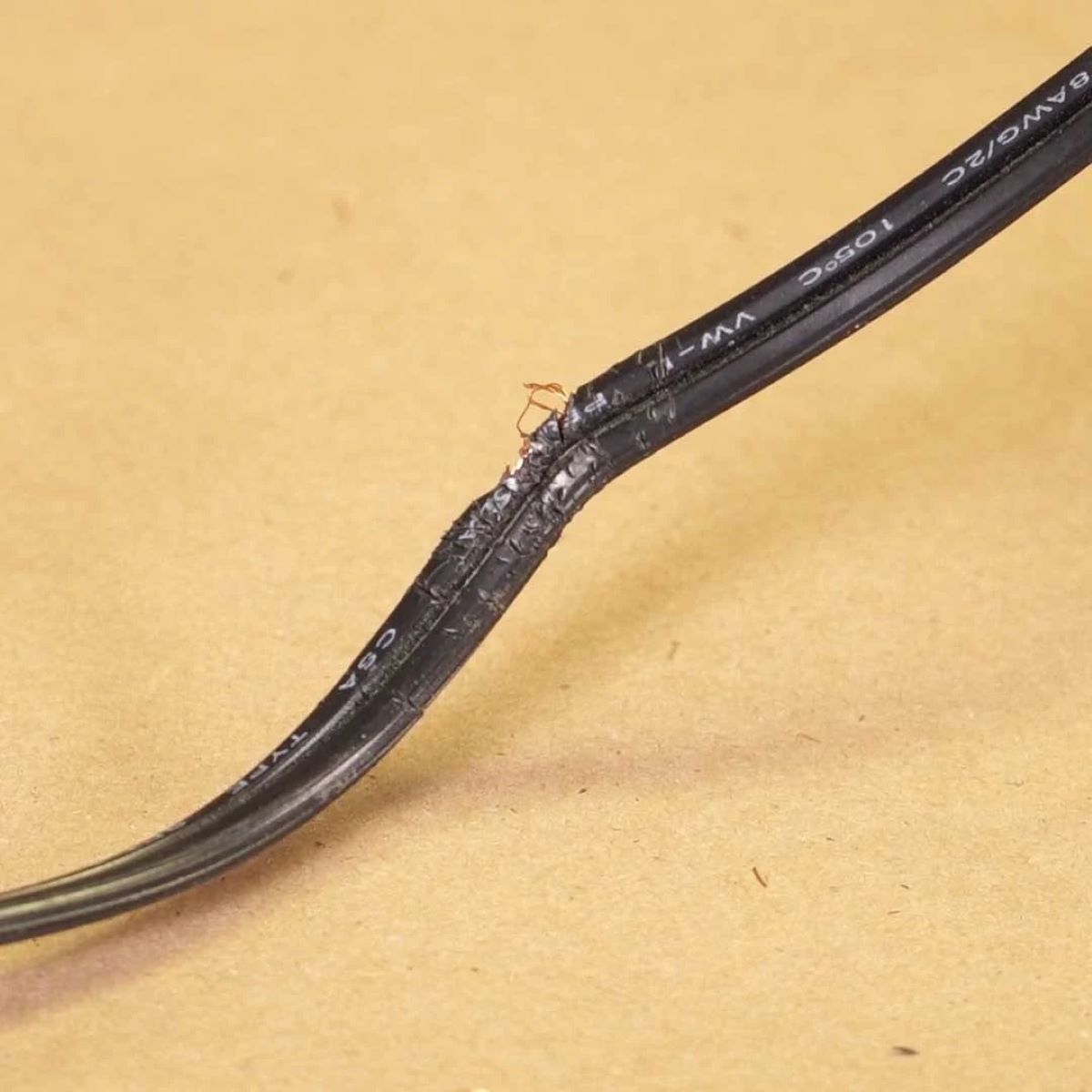
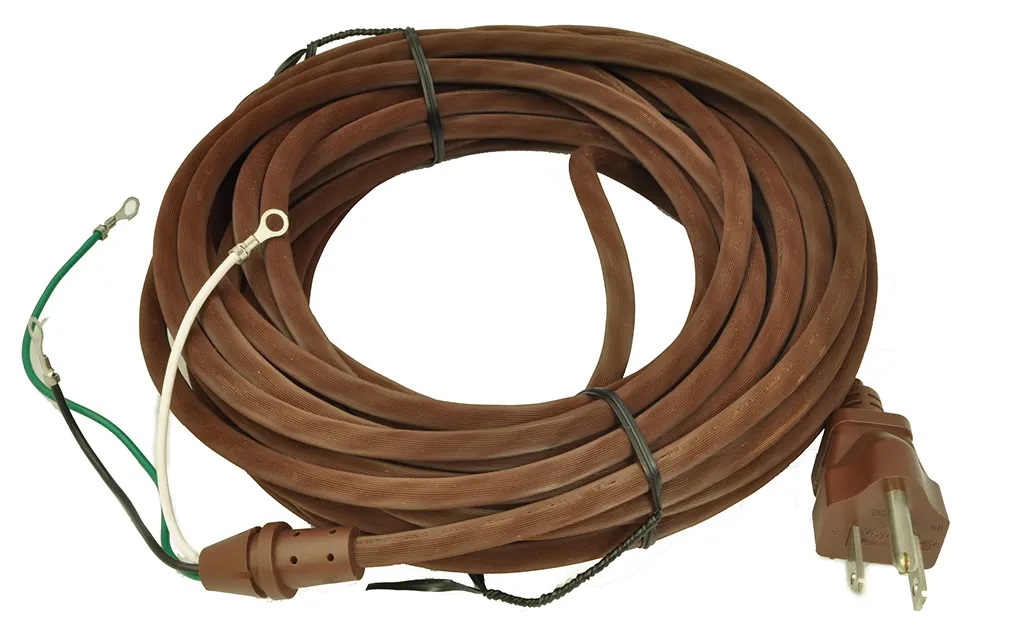
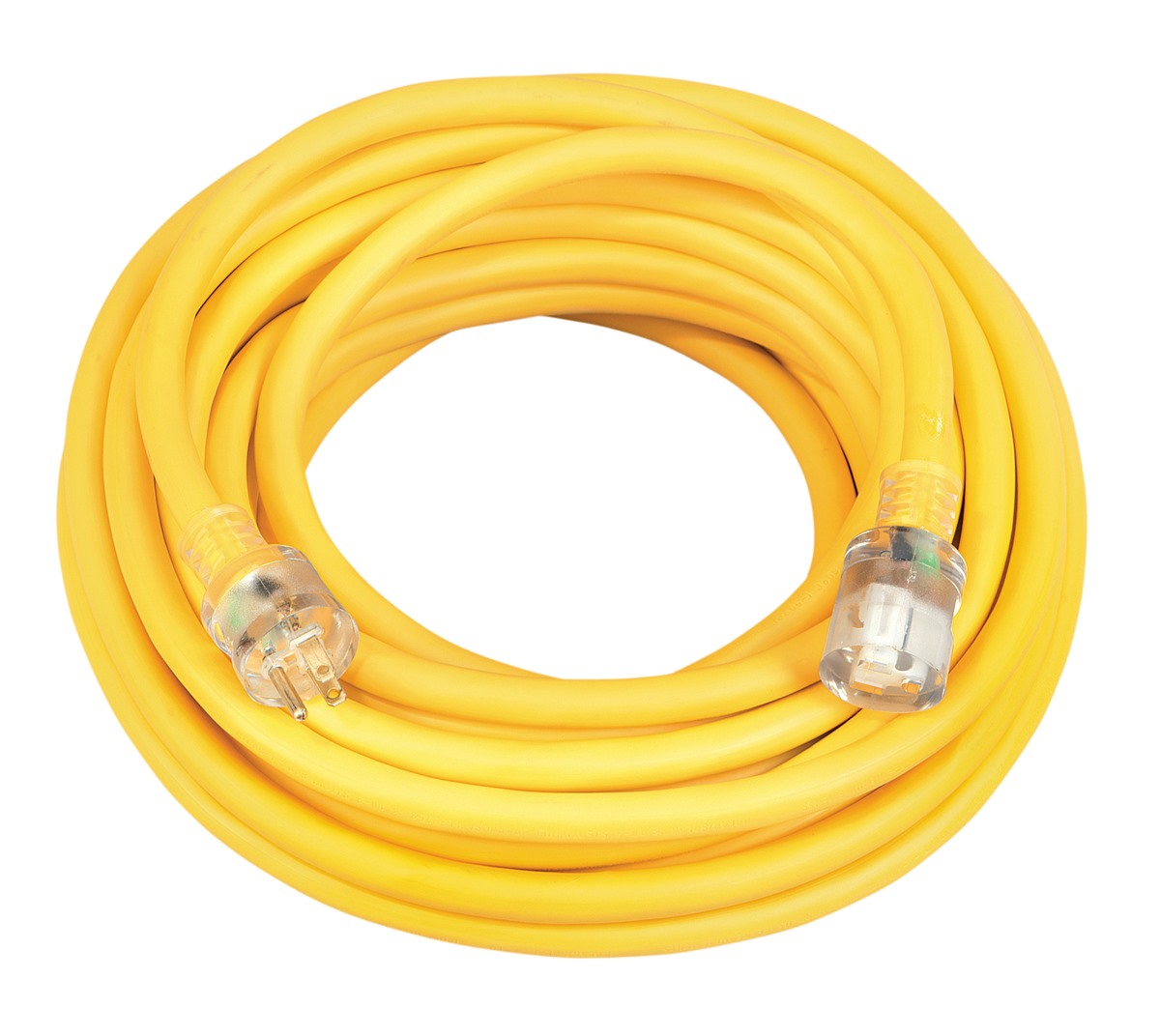
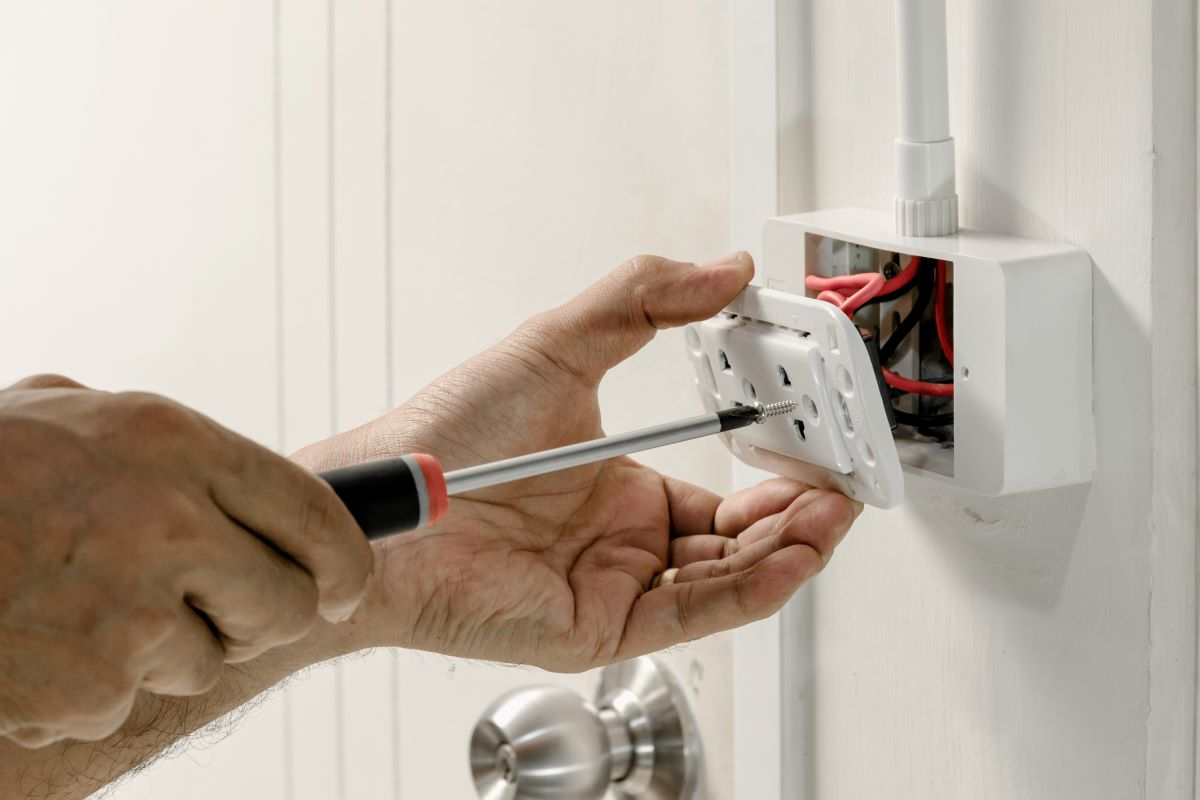

0 thoughts on “How To Store An Electrical Cord”